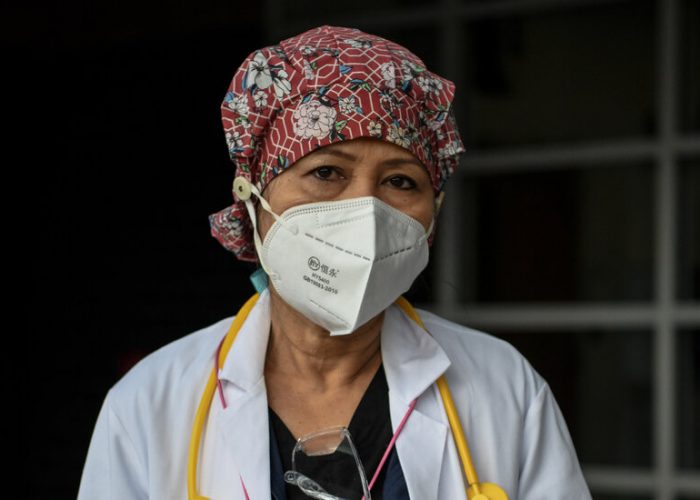Filipino nurses have a long history of working in New York City hospitals, dating at least to the immigration reforms in the 1960s, which broadened the categories of foreign workers who could apply for a United States visa.
In the Philippines, nursing schools have taught an American curriculum since as early as 1907, granting degrees to English-speaking nurses who could slot easily into American hospitals. They quickly became invaluable in the 1980s as a solution to staffing shortages exacerbated by the AIDS epidemic. It was in 1986 that Ms. Ellis was recruited by Bellevue Hospital in Manhattan, where she was quickly deployed to the bedsides of patients with H.I.V.
San Francisco and New York were especially welcoming to migrant nurses, according to Leo-Felix Jurado, a professor of nursing at William Paterson University in New Jersey who wrote his dissertation on the importation of Filipino nurses into American hospitals.
Mr. Jurado, who is now 55, was recruited in 1988 by JFK Medical Center in Edison, N.J. He recalls that visiting the employment fairs held in Manila hotels felt like an afternoon of barhopping. Recruiters jostled to make hires, sweetening work visas to the United States with signing bonuses and promises of free housing, Mr. Jurado said.
It was very alluring to come as a result of that, he added.
Over time, Filipino-American nurses wove themselves into the fabric of New York City hospitals. They took jobs in acute bedside care in hospitals battered by AIDS, and they found housing in Elmhurst and Woodside in Queens, an area now known as Little Manila.
These neighborhoods were slammed last year by the pandemic. In June, a community group painted a mural in Woodside to fallen Filipino workers. It reads Mabuhay, which in Tagalog means May you live.read more
‘It’s Starting Again’: Why Filipino Nurses Dread the Second Wave


